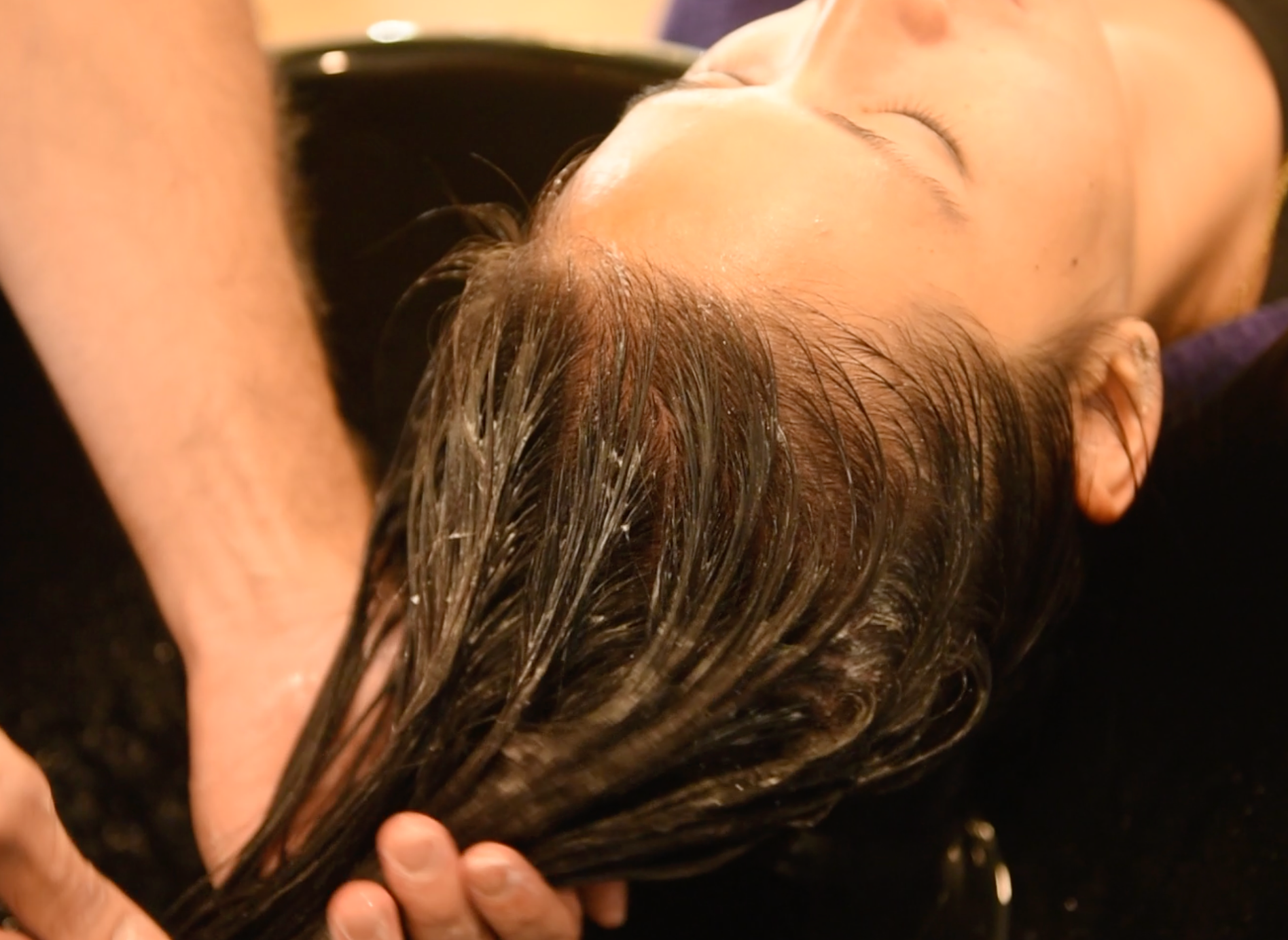In the realm of poetic expression, the haiku stands as a miniature masterpiece, a poetic form that distills the essence of a moment into a mere seventeen syllables. Originating from Japan, the allure of haikus lies in their simplicity, brevity, and profound ability to evoke emotions and paint vivid images. In this blog post, let's explore the captivating charm of haikus and their timeless appeal.
The Art of Haiku
Structure: A traditional haiku consists of three lines with a 5-7-5 syllable structure, creating a concise yet powerful composition. Within this minimalistic framework, haikus encapsulate the beauty of nature, human experiences, and the fleeting moments that define our lives.
Seasonal Themes (Kigo): Haikus often incorporate kigo, or seasonal words, reflecting the changing rhythms of nature. This connection to the seasons adds depth to the verses, inviting readers to experience a sensory journey through the sights, sounds, and feelings associated with specific times of the year.
Cutting Words (Kireji): Kireji, or cutting words, play a crucial role in traditional haikus. These words serve as punctuation, injecting a pause or a shift in the poem's tone. Kireji creates a sense of rhythm, enhancing the emotional impact of the haiku.
The Essence of Haikus
Capturing the Moment: At the heart of haikus is the ability to capture a single moment in time. Whether it's the delicate bloom of a cherry blossom, the sound of rain tapping on a window, or the quiet contemplation of a sunset, haikus distill these moments into poetic snapshots.

Emotional Resonance: Despite their brevity, haikus carry a profound emotional resonance. Through carefully chosen words and images, haikus evoke feelings of awe, nostalgia, or introspection. The simplicity of the form allows readers to connect on a deep, personal level with the emotions conveyed.
Example:
Worn-out scarecrow—
the setting sun reveals
his patched-up clothes.
Nature's Beauty: Many classic haikus celebrate the beauty of the natural world. These poems serve as windows into the delicate balance of life, emphasizing the interconnectedness between humanity and nature.

Contemporary Haikus
While traditional haikus adhere to a specific structure, contemporary poets have embraced a more flexible approach. Modern haikus may deviate from the 5-7-5 syllable count, yet they maintain the essence of brevity and capture fleeting moments.
Example:
City lights flicker—
a stranger's smile
warms the night.
Embracing the Beauty of Haikus
The allure of haikus lies in their ability to transport readers to the heart of an experience or emotion with a few carefully chosen words. Whether traditional or modern, haikus invite us to slow down, observe the world with fresh eyes, and appreciate the beauty found in the simplicity of moments. As we navigate the complexities of life, the timeless charm of haikus serves as a gentle reminder to savor the present and find poetry in the ordinary. We'll leave you with ChatGPT's haiku about MASAMI:




